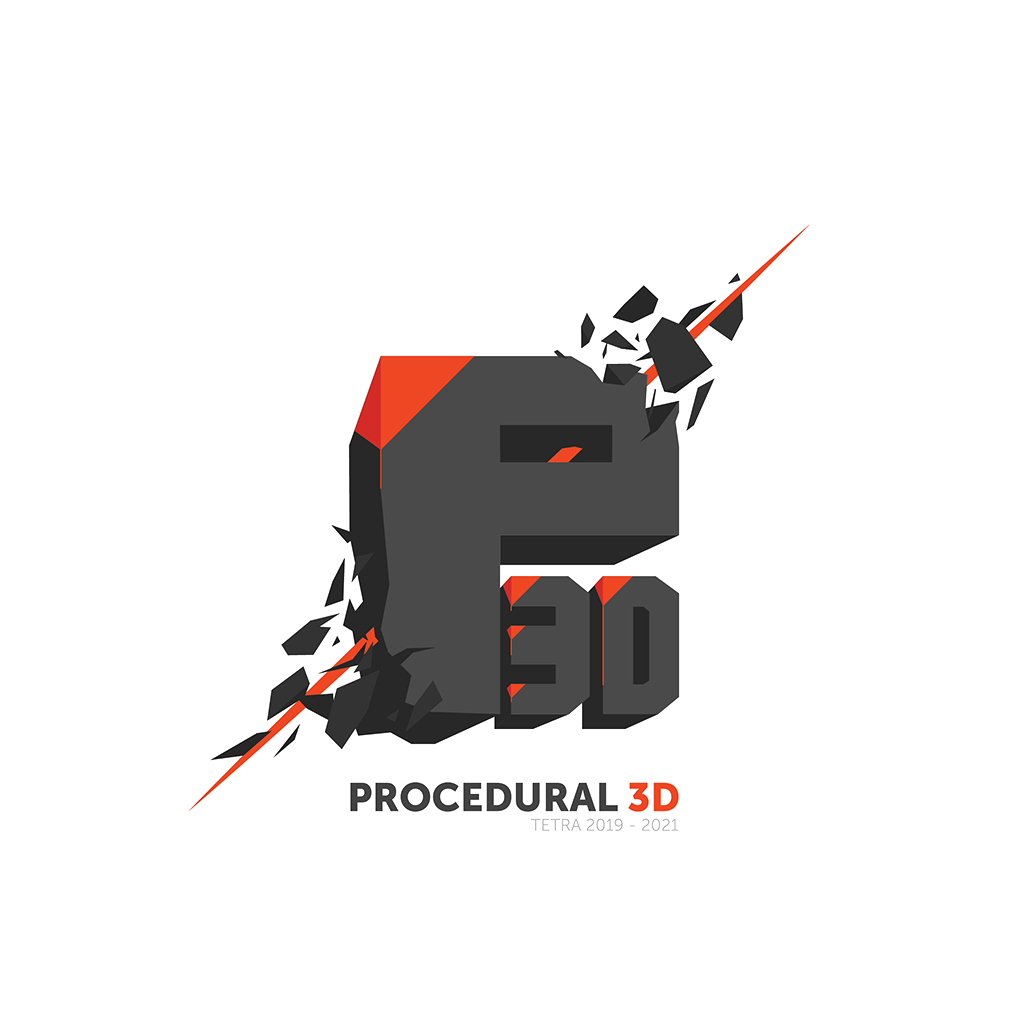In procedural 3D models, there are parameters that determine how the different parts are built, such as the length of a part that can be determined by a parameter. With models with a lot of parameters to be set, it can take a long time to achieve the desired result or results.
For this it is an option to give the parameters random values, in order to quickly generate different versions of, for example, a procedural prop. However, when everything is done automatically with random values, there is little or no control over the result.
The aim of the case was to find a middle ground using simple genetics and mutation logic, or a so-called mutagen method.
As the subject of the test case on which we could test a mutagen tool, we chose a simplified parametrically constructed creature blockout in Houdini. Creature block-outs are a simple geometric representation of a creature that can be worked out at a later stage for use in a game or movie, for example. The block-out largely determines the creative view. A mutagen tool can be a very useful way to quickly generate variations of a procedurally constructed model with a minimum of user input while still retaining sufficient control over the results. The method guarantees unique results because the values are randomly generated. In addition, the method is very fast.


